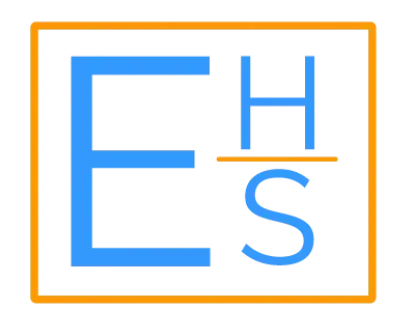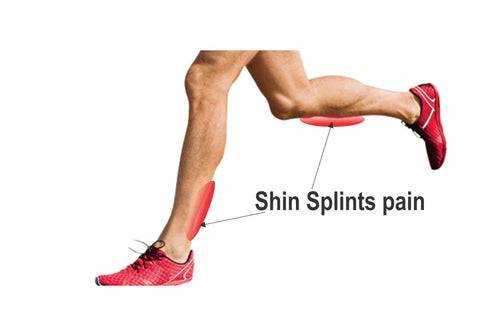Will Dry Needling Help Shin Splints?
Dry needling is a treatment technique physical therapists use to loosen muscle tightness, reduce pain and inflammation, and encourage healing. Dry needling is administered by a certified physical therapist or chiropractor with extensive education and training in this technique. Unlike acupuncture, there is no injection of medication into the body involved.
What is dry needling?
Dry needling is a modern therapy that involves inserting needles into specific muscle areas to address pain and dysfunction. Physical therapists often combine dry needling with physical therapy exercises in order to reduce muscle tension, increase range of motion and flexibility.
Dry needling can be beneficial in treating trigger points, which are knots in your muscle tissue that cause tightness and pain when moved, restricting motion and potentially leading to injury. Physical therapists may place a needle into a trigger point to produce an LTR (local twitch response), which breaks up the knot and relaxes surrounding muscles. The LTR also increases nutrient-rich blood flow to the area, which promotes tissue repair and recovery.
Dry needling needles are eight times smaller than those used for shots and vaccines, making them less likely to irritate skin, though they can still cause some discomfort.
How does dry needling work?
Tim Vander Wilt in Ames or Kaity Hall in Des Moines use thin needles to stimulate trigger points on muscles that are tender to touch. These areas are known as trigger points. Shin splints can be painful when touched or overworked and may develop due to overtraining or wearing improper footwear while running.
Dry needling has been known to help relieve pain, enhance function and alleviate symptoms in some patients. Studies have demonstrated its efficacy when treating myofascial trigger points like lower quarter or hamstring trigger points. However, it’s essential to remember that massage remains a treatment technique and should be combined with other approaches. It usually forms part of an overall plan which may also include exercises, stretching and massage.
Can dry needling help with shin splints?
Dry needling can help alleviate shin splints by relieving tension on key muscles like gastrocnemius, soleus and tibialis anterior. Not only that but it’s an effective way to increase flexibility and strengthen lower leg muscles as well. To achieve this, a thin needle is inserted into the trigger point area of the muscle which breaks up adhesions and tension in that region, as well as increasing blood flow and oxygen to the area which will aid healing.
Sometimes, a mild stinging sensation may be experienced as the needle is inserted into a trigger point; however, this should subside within seconds. The therapist may move the needle around in an effort to elicit what’s known as a local twitch response – a brief spasm of muscle in response to treatment – which indicates that your body is responding positively. Additionally, resting the injured area and taking non-steroidal anti-inflammatory drugs (Nsaids) such as Nurofen or Voltaren may help expedite recovery.
Will dry needling help with shin splints?
Dry needling for shin splints works by relieving tension and trigger points around the lower leg, allowing muscles to relax and increase flexibility, thus decreasing pain. A therapist uses very fine needles of only a few millimeters length to break up the trigger point and improve blood flow into the area, speeding up healing time. This treatment has proven very successful for shin splints, offering hope to many.
Shin splints are common among runners and endurance athletes who overuse their lower legs by overexerting muscles, tendons and bone tissue. This can cause a sharp, painful and often dull throbbing sensation along the inner part of their shinbone. Back pain and hip and knee pain can also be related to these issues.
Physical therapists employ a range of treatments for shin splints, such as manual therapy, soft tissue release techniques and ultrasound or laser, to reduce pain. After conducting an extensive assessment of your symptoms, your physiotherapist can suggest the most suitable treatment plan. If you are experiencing pain or discomfort, don’t hesitate to contact us and schedule an appointment with our team of specialists.



